HotSpots H2O: Bushfires Raze Parts of Eastern Australia as Government Quarrels over Climate Change
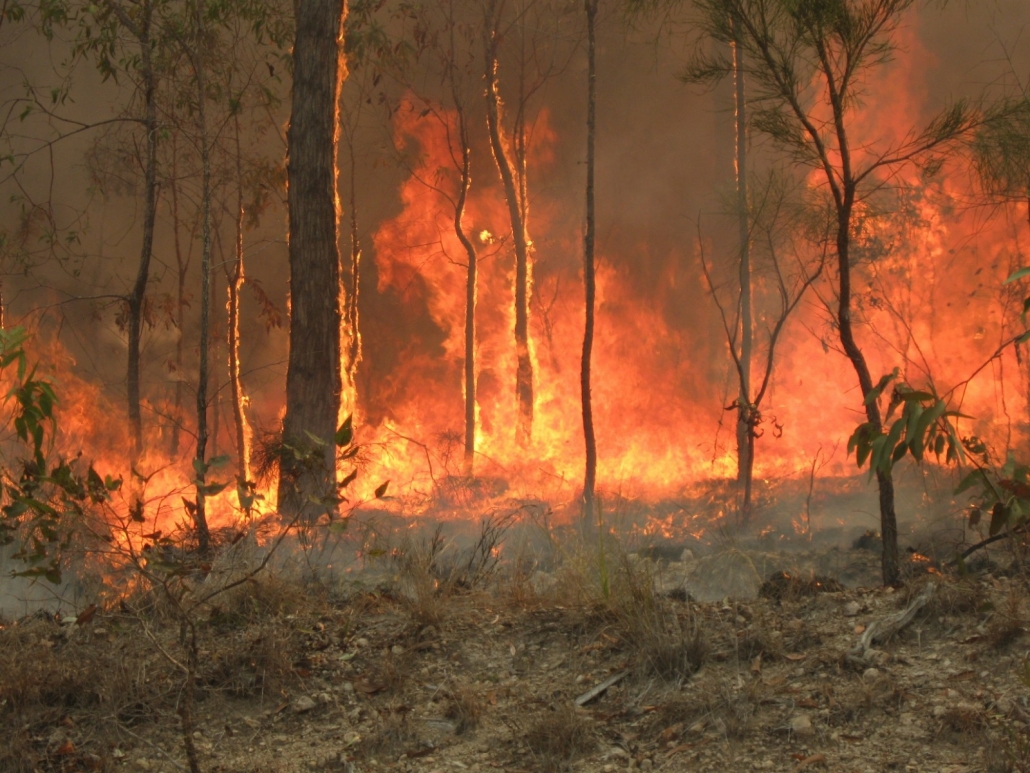
Devastating wildfires are sweeping across large swathes of Australia’s drought-stricken eastern coast, heralding what is likely to be a long and unforgiving bushfire season.
Bushfires are a fact of life in Australia, with experts estimating that between 52,000 and 62,000 blazes break out every year. Bushfire season typically begins in summer and lasts several months, corresponding to Australia’s hotter and drier periods.
Hot and dry aptly describes the last few years in Australia’s eastern states. Abnormally dry conditions have lingered, causing increasing desperation among ranchers, farmers, and residents. In recent weeks, the tinder-dry conditions merged with hot temperatures and high winds to spark a major chain of bushfires months before they would normally begin.
Most of the more than 120 fires are blazing in the states of Queensland and New South Wales, where an estimated one million hectares (2.5 million acres) have been scorched. As of Sunday afternoon, at least 300 homes have burned, and the fires have killed four people.
The country’s firefighters are working tirelessly to contain the blazes. The government also announced plans to deploy the army if necessary. Adverse weather conditions, including temperatures topping 40 degrees Celsius (104°F), are continuing to complicate relief efforts.
Amid the unchecked fires and hostile weather conditions, residents are directing their frustrations toward the government, which they say ignored warnings about the risks of climate change and bushfires. For decades, scientists have warned that a warming climate could foster ideal conditions for intensifying bushfires. Now, for thousands of Australians, the risk has become a reality.
“The government has been repeatedly warned and the evidence is all around us… yet there has been a persistent failure to act,” Amanda McKenzie, CEO of Australia’s Climate Council, said in an interview. She said the fire damage will hopefully serve as a “wake-up call” to the country’s leaders.
Meanwhile, a tense government is sparring over the proper response to the wildfires. Some conservative politicians are criticizing the focus on climate change. They argue that an increased commitment to fire season preparation, which includes prescribed burns to reduce fuel loads, would greatly decrease the risks of a similar situation in the future.
Firefighters and left-leaning lawmakers have pushed back against these claims, though, saying that traditional fire prevention methods have become inadequate in the face of changing weather conditions. A reckoning with climate change is necessary, the politicians say, to mitigate future bushfires.
As the government squabbles, land is burning, and fires are creeping closer to communities. St. Albans, a town two hours north of Sydney, is currently threatened by the Mt Gosper fire. Residents are preparing for the worst as the 82,250- hectare inferno continues to spread.
“It’s been very emotional but everyone is chipping in,” resident Claire Whinfield told USA Today. “I’ve watered the garden, filled the gutters and we’ve mowed all the grass so there’s no fuel for it. We’ve packed the car in case we have to leave in a hurry – photos, paperwork, clothing and a bit of art. It’s all been in a heap in the back of the car for three days.”
Officials say the devastating bushfires are likely to continue menacing Australia for several months unless significant rainfall occurs.
Kayla Ritter is a recent graduate of Michigan State University, where she studied International Relations and Teaching English to Speakers of Other Languages. She is currently based in Manton, Michigan. Kayla enjoys running, writing, and traveling. Contact Kayla Ritter

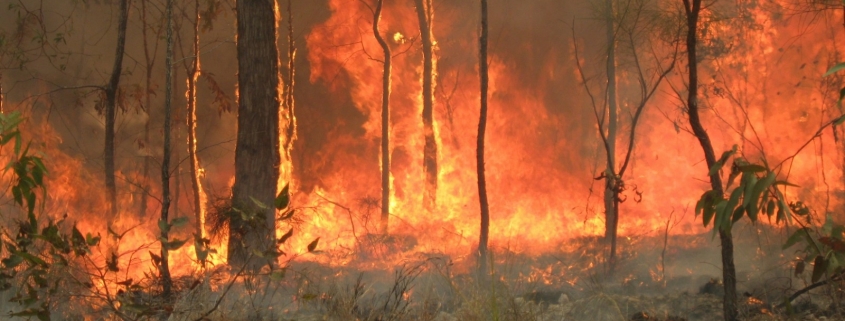

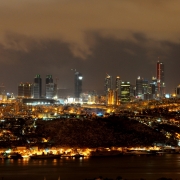
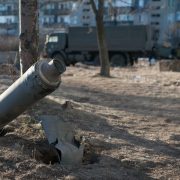
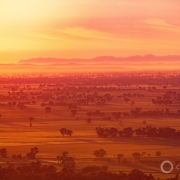

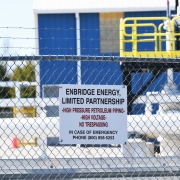
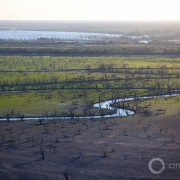




Leave a Reply
Want to join the discussion?Feel free to contribute!